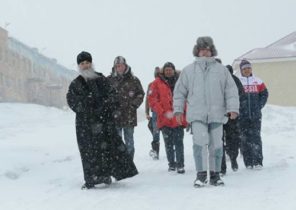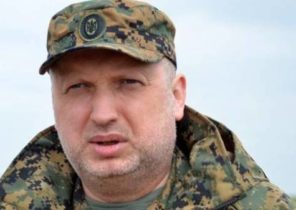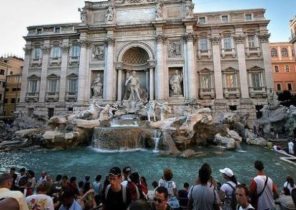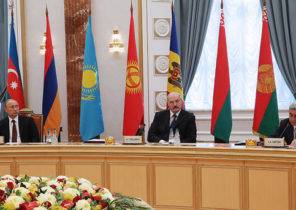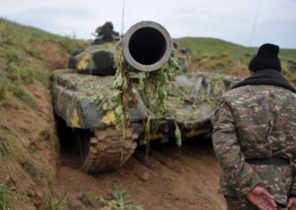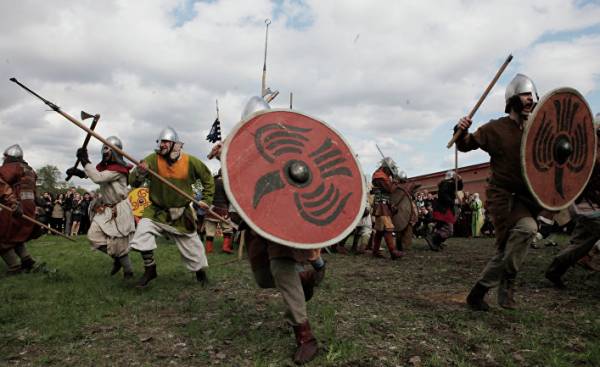
This month marks 800 years of the beginning of the era of Norwegian greatness, when thirteen-year-old Hakansson Haakon (Håkon Håkonsson) was proclaimed king of Norway at the thing in Trondheim. In the 13th century Norway for its size was the largest state in Europe. The annexation of Greenland in 1261 was in this sense a defining moment, but even without Greenland the size of territory of Norway has been impressive.
In addition to Norway within the current borders of the Norwegian state owned Bohuslän, Jämtland and Herjedalen, a significant region of the Arctic (fuzzy boundaries), Iceland, the Faroe Islands, Orkney Islands, Hebrides and the Isle of man. Area Norwegian interests extended far into the Atlantic ocean. Norway was a factor in the forces and in the British Isles, where only death at the wrong moment prevented the Norwegian Royal family to intermarry with the Royal line of England.
The exchange of gifts with the Sultan of Tunisia
The question was raised about the fact that king Haakon became the Holy Roman Emperor, he exchanged gifts with the Sultan of Tunis, and gave his daughter to marry a representative of the Spanish Royal family.
During the reign of his son Magnus, we have a national law, one of the first in Europe (in Denmark such a law appeared only 400 years later).
A two-digit number of European chivalry was translated into old Norse. Norway was then probably closer to Europe than ever before. However, this era of greatness ended in the 14th century, when Norway was in obedience to their powerful Scandinavian neighbors. But would a country without independent era of greatness in the 13th century? The identity of Norway was important for the country’s liberation in 1814, when our chief ideological weapon in the struggle with the Danes was our former independence.
Meanwhile, in June 1217 said nothing about what was a new era. “Civil war” was torn by Norway for nearly a hundred years, and the election of the teenager, “who was more interested in games than the government of the country”, did not suggest any changes.
However, the only adult candidate for the title of king, Cheekbone Bardsson (Skule Bårdsson), was extremely dissatisfied with the fact that he declared only an Earl.
The rotten political struggle for power
The struggle for power between Haakon and the Cheekbone described Sturley Torssonen (Sturla Tordsson) in “the Saga of Haakon Haakonsson”. About the song said that it is “dry and lifeless” (Knut Helle, Knut Helle), because the author paints an idealized portrait of Haakon and says nothing about the political game. Snorre Sturlasson (Snorre Sturlasson), uncle Sterly of Thordson, called her rotten, it’s fun talking about all this in the “Circle of the earth.”
Sturla Tordson no doubt sinned embellishment, describing Haakon, he wrote a work on the order of king Magnus Larabee (Magnus Lagabøte), after he was sentenced to death for treason. Where Snorre bluntly talked about the rise and fall of the king in a style reminiscent of the style of Machiavelli (Machiavelli), Sturla portrayed Haakon the elect of God, and the Cheekbone, on the contrary, a provocateur and a rebel.
The school held a night meeting and schemed against the king
But this ideological façade is possible to see the contours of a veritable struggle for power between Haakon and the Cheekbone. Haakon really pay more attention to games than to rule the country, but his advisers have behaved differently — they understood what was at stake in this struggle for power.
The cheekbone is depicted as a suspicious person, conducted at night meetings, and scheming against the king, although his behavior is unlikely to have differed from the behavior of any other politician.
This description is attractive for its complexity and diversity. Because of this complexity and diversity it is hardly possible to find any product that caused so many different interpretations in subsequent years. At the time, as Henrik Ibsen did Haakon hero, and the Cheekbone schemer in “Pretenders to the crown”, the historian Halvdan cat (Halvdan Koht) believes that the Cheekbone was the architect of the era of greatness, and that Haakon came to the already set table.
The television series “The Wire” tells the story of the middle ages
The Saga of Haakon Haakonsson attracts multidimensional screening events. But it can be perceived as a heroic story, as in “Birkebeiner” (2016), where Haakon and the birkebeiner presented by the heroes and buglers — villains (which support the Danes and the Pope).
This is a superficial reading, which just amplifies (and distorts) the idea of Saga. The world of the middle ages as today’s world has at least fifty shades of grey.
In a society without the state, which sets the order, the order no. So the series “The Wire”, despite the fact that its action takes place in a contemporary large American city, in my opinion, helps to understand the middle ages better than the “Birkebeiner” because it shows how people exist in the extremely complex and constantly changing world of friendship and enmity.
